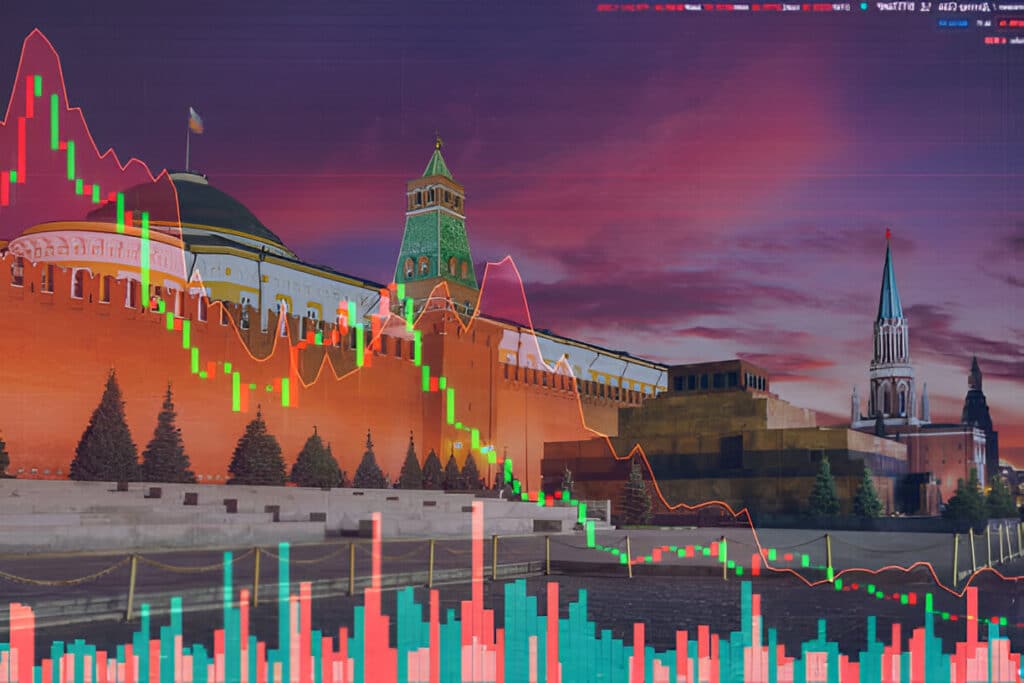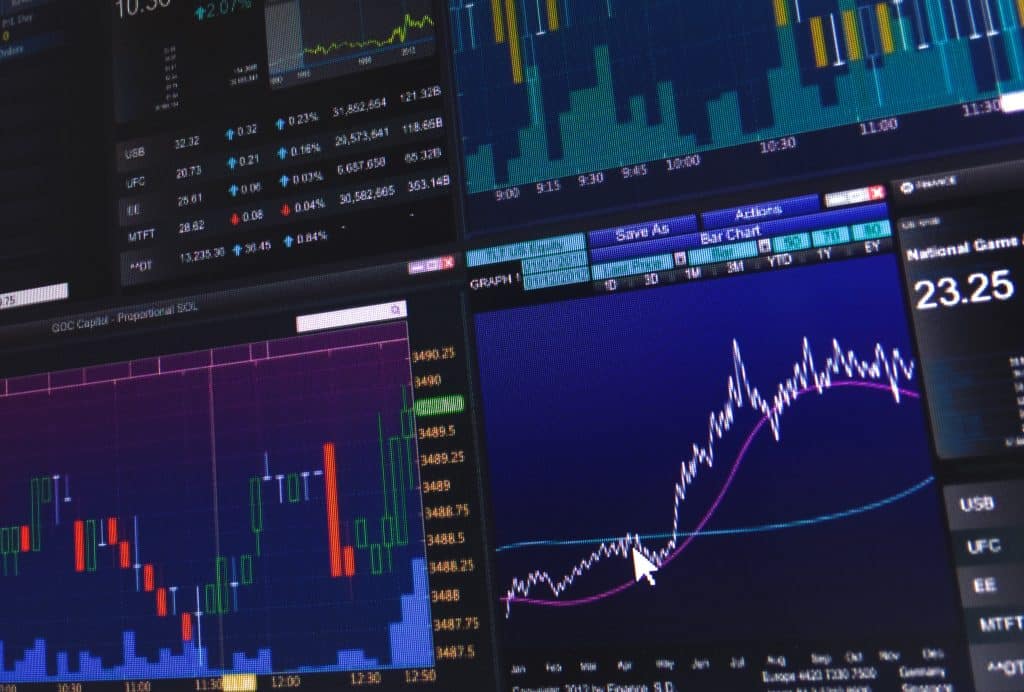How To Manage Risk in a Small Account
How To Manage Risk in a Small Account
Managing Risk with a Small Trading Account
Risk management strategies for small trading accounts significantly differ from those for larger accounts. Contrary to traditional financial theories that suggest uniform risk management principles regardless of account size, the reality for small accounts, especially for aggressive day traders, is more complex and challenging.
Defining Small and Large Trading Accounts The distinction between small and large trading accounts can vary based on individual financial situations and trading styles. For the purpose of this discussion, particularly for aggressive day traders, accounts under $10,000 are considered small. These accounts are more prone to the challenges of small account trading, although these challenges may still apply to accounts up to $10,000.
Objectives of Small Account Traders Unlike typical investors who focus on long-term goals like retirement savings or beating inflation, aggressive day traders aim to rapidly increase their account size through high-risk strategies. They often seek substantial returns, far exceeding modest percentages like 5%, due to the time and effort invested in trading.
The Reality of Small vs Large Accounts Traders with small accounts usually lack a substantial income or asset base, making the loss of their trading capital more impactful. In contrast, traders with larger accounts often have diverse asset portfolios and can withstand the loss of their trading capital without significant life changes.
This difference necessitates more precise risk management for small account traders, balancing the need to preserve capital with the desire for aggressive growth.
Risk Management: Percentage-Based Approach A fundamental risk management technique for small account traders is to think in terms of percentages rather than fixed dollar amounts. Allocating a fixed percentage of the account to each trade allows the risk to scale with account size. However, it’s crucial not to risk too much. While trading literature often suggests a maximum of 5% risk per trade, a more prudent range for small accounts is between 2% and 5%.
Selecting Appropriate Strategies High-risk strategies, such as shorting volatile penny stocks, are generally unsuitable for small accounts due to the potential for catastrophic losses. Instead, small account traders should focus on strategies that align with their risk tolerance.
Momentum trading, where traders follow the trend and exit upon trend reversal, is often more suitable for small accounts than mean reversion strategies. The latter typically involves making consistent small profits but risks substantial losses, making it more appropriate for larger accounts.
Trade Only With Expendable Funds It’s crucial that all funds in a trading account are expendable. Using capital needed for essential expenses like rent or groceries can impair rational risk assessment and decision-making.
Conclusion Despite assertions in many traditional trading books about the necessity of a certain minimum account size, modern trading with reduced commissions and minimal fees makes it feasible to trade with a small account. However, traders must be aware of and manage the additional risks associated with smaller trading capital.





